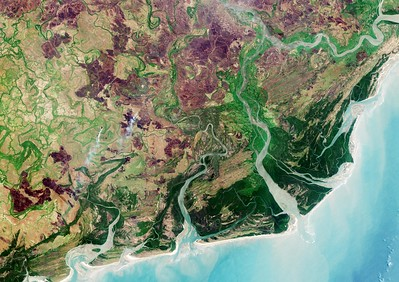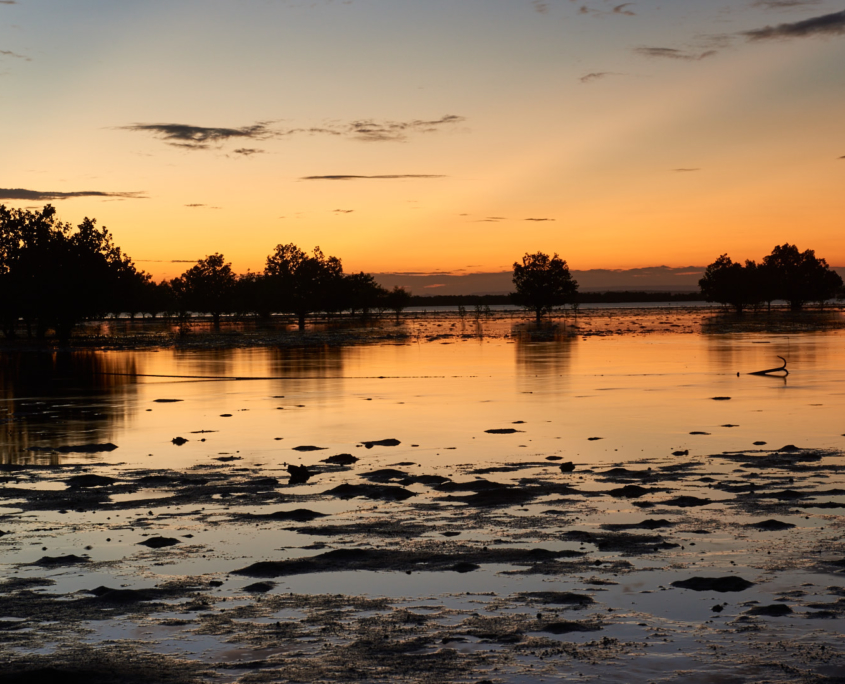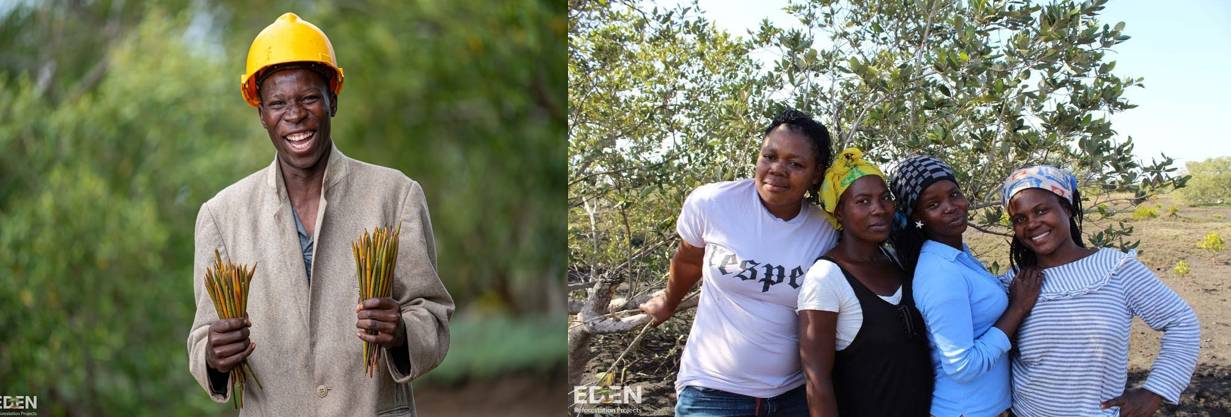Introduction
Mozambique, a country in South Eastern Africa, is covered in forests, grasslands and various types of wetlands. Approximately 12% of mangrove forests in Africa can be found in Mozambique. Mangroves cover more than 50% of some of the coastlines of Mozambique’s islands. The most famous island being Inhaca.
Our projects in Mozambique mostly focus their activities around river estuaries, lagoons and river deltas where most of Mozambique’s mangroves can be found. Mangrove trees can line rivers and streams as well as coastlines. Many of Mozambique’s rivers have tidal fluxes stretching many kilometers inland. The Zambezi delta is one of the largest mangrove forests in Africa and is of global importance
Not enough data exists to form a clear picture of how many hectares of these forests have been destroyed in the past several decades. On average, mangroves are being lost at a rate of 1-2% annually. Mangrove forests in Mozambique are similar to those in Madagascar as they are composed of the same 9 mangrove species. Their threats are slightly different. Coastal development, over-farming, salt production and deforestation are the main dangers for mangroves in Mozambique. Solar salt production and aquaculture are growing fast in Mozambique and this means mangrove forests are at risk. Especially shrimp farms are on the rise as the numbers of small prawn fisheries are increasing rapidly in response to feeding global shrimp demand.
Ecologically, mangroves are nurseries for many fish species. Approximately 18% of coral reef fish species rely on mangroves and seagrass meadows as nursery habitat and 50% of coral reef fish species relying on 2 or more habitat types for survival. Mangroves combat erosion and improve water quality by holding onto sediments and slowing the runoff of freshwater into the ocean. The crowns of the trees are perfect nesting habitats for birds and even some bats.
Carbon
Mangrove forests can sequester large amounts of CO2 annually, up to 4 times more than tropical rainforests per area. Some forests are more efficient than others in carbon sequestration and their rates can vary considerably. On average, one hectare of mangrove forest can sequester 10 tons of CO2 annually. Mangroves are so efficient at carbon sequestration because they have an innate ability to store large amounts of carbon in the sediment. Their intricate root systems can hold sediment in place and its periodic or permanent flooding further holds carbon locked in the ground and keeps it out of the atmosphere.
What We Do
Together with Eden Reforestation, local communities, and other partners we restore degraded mangrove forests and reforest previously destroyed mangrove lands. Community involvement is an absolute must. Training is provided for local communities to help them sustainably use natural resources provided by mangroves and how to build sustainable incomes through a variety of activities such as fishing, beekeeping and farming. Protection and maintenance of these young forests is provided by locals who understand and value the ecosystem.
This nature based solution to climate change comes with a range of benefits for the planet. Each hectare planted captures 10 tons of CO2 annually. Each hectare can provide up to 1.8 tons of fish and shellfish for small scale local fisheries. The mangroves provide protection from storms and erosion of shorelines and river banks. Agricultural fields close to shore are protected from salinization and improve soil quality. With more stable incomes local families can send their children to school, pay off debts and avoid human trafficking into the slave or sex trade. Nature also benefits from healthy mangrove forests as they act as nurseries for many species of fish, sharks and turtles.
We are not only in this to fight carbon emissions. People, and especially rural communities, depend on nature to thrive. Together we are making the world a better place one mangrove forest at a time.










